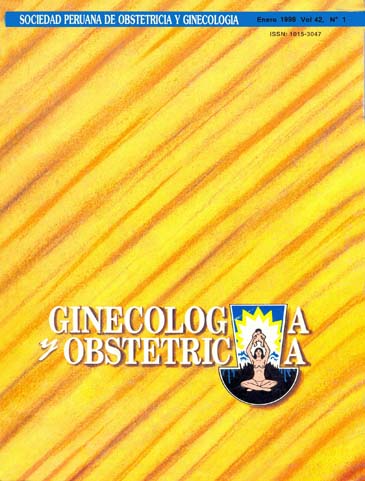Contraception in adolescents
DOI:
https://doi.org/10.31403/rpgo.v42i1774Abstract
Objective: To compare the contraceptive use rate between adolescents and no adolescents. To precise impact of contraception in pregnancy rate and intervale from pregnancy to pregnancy in adolescents. Methods: The authors examined registers of contraception in outpatients, ambulatory abortion attention and puerveras. In the two groups, adolescents and no adolescents X2 was applied also, the authors revised Perinatal Informatic System from 1988 to 1995 to determine adolescents delivery rate and interval from pregnancy to pregnancy. Results: The adolescents attended as outpatients is slightly more in 1995 with respect to 1994, but the difference is no significative. The adolescents Proportion that required contraceptive therapy is similar to the no adolescents in the postpartum and postabortion period. Conclusion: Contraception service to adolescents contributed to slighty reduce delivery rate and to enlarge the interval from pregnancy to pregnancy.Downloads
Download data is not yet available.
Downloads
Published
2015-08-03
How to Cite
Punis, N., Cajas, A., Parra, J., & Távara, L. (2015). Contraception in adolescents. The Peruvian Journal of Gynecology and Obstetrics, 42(1), 10–15. https://doi.org/10.31403/rpgo.v42i1774
Issue
Section
Artículos Originales
















